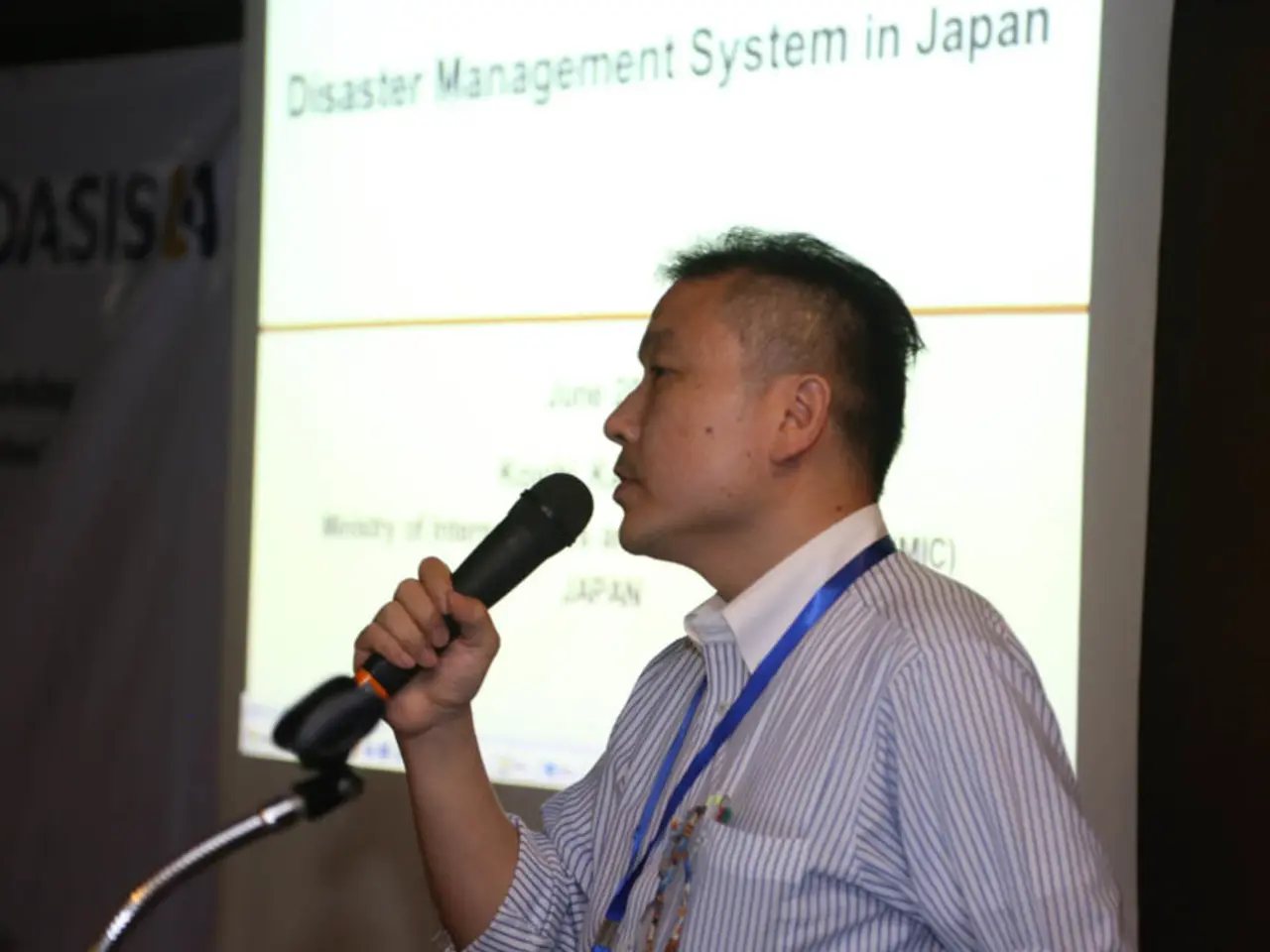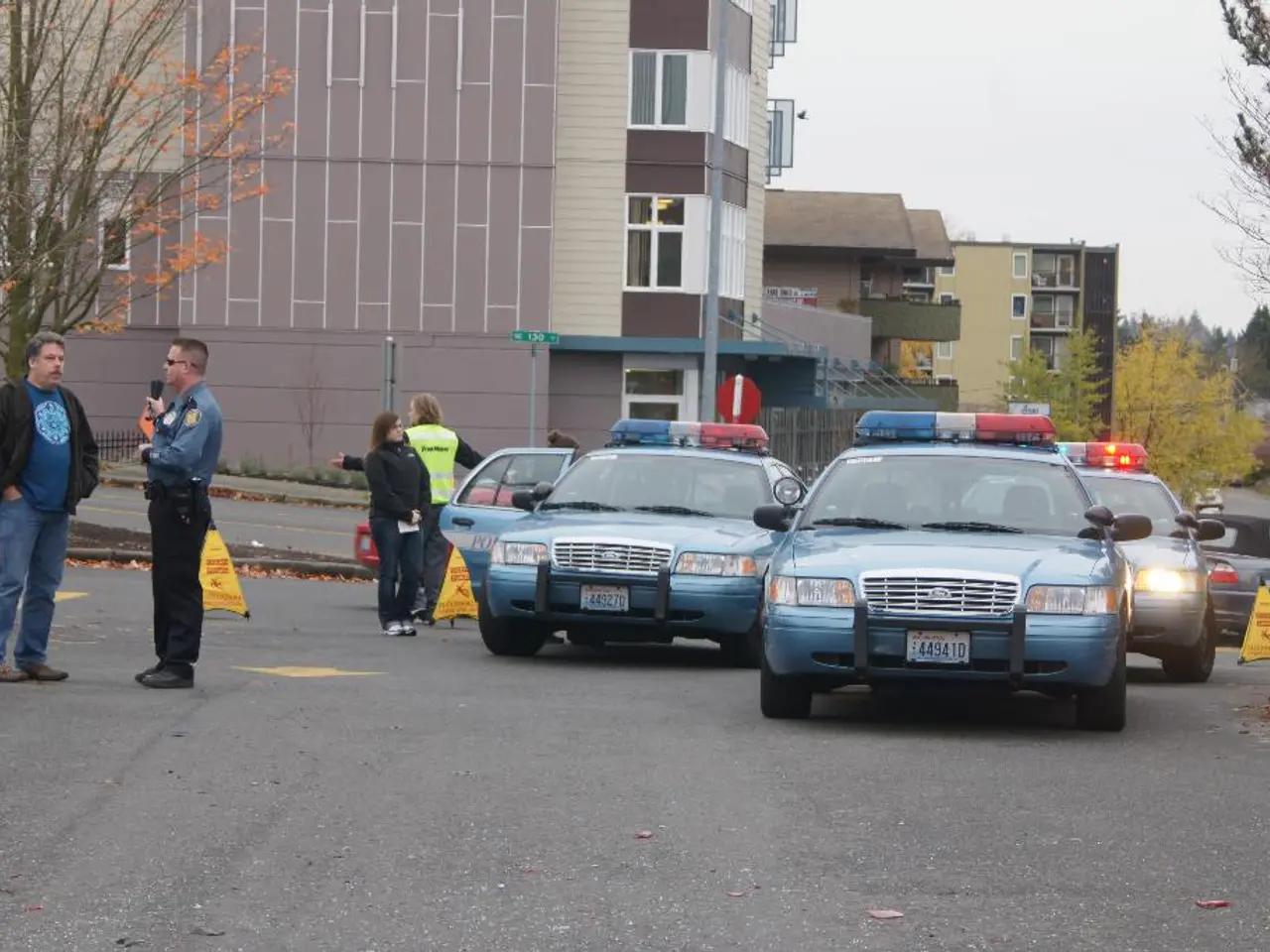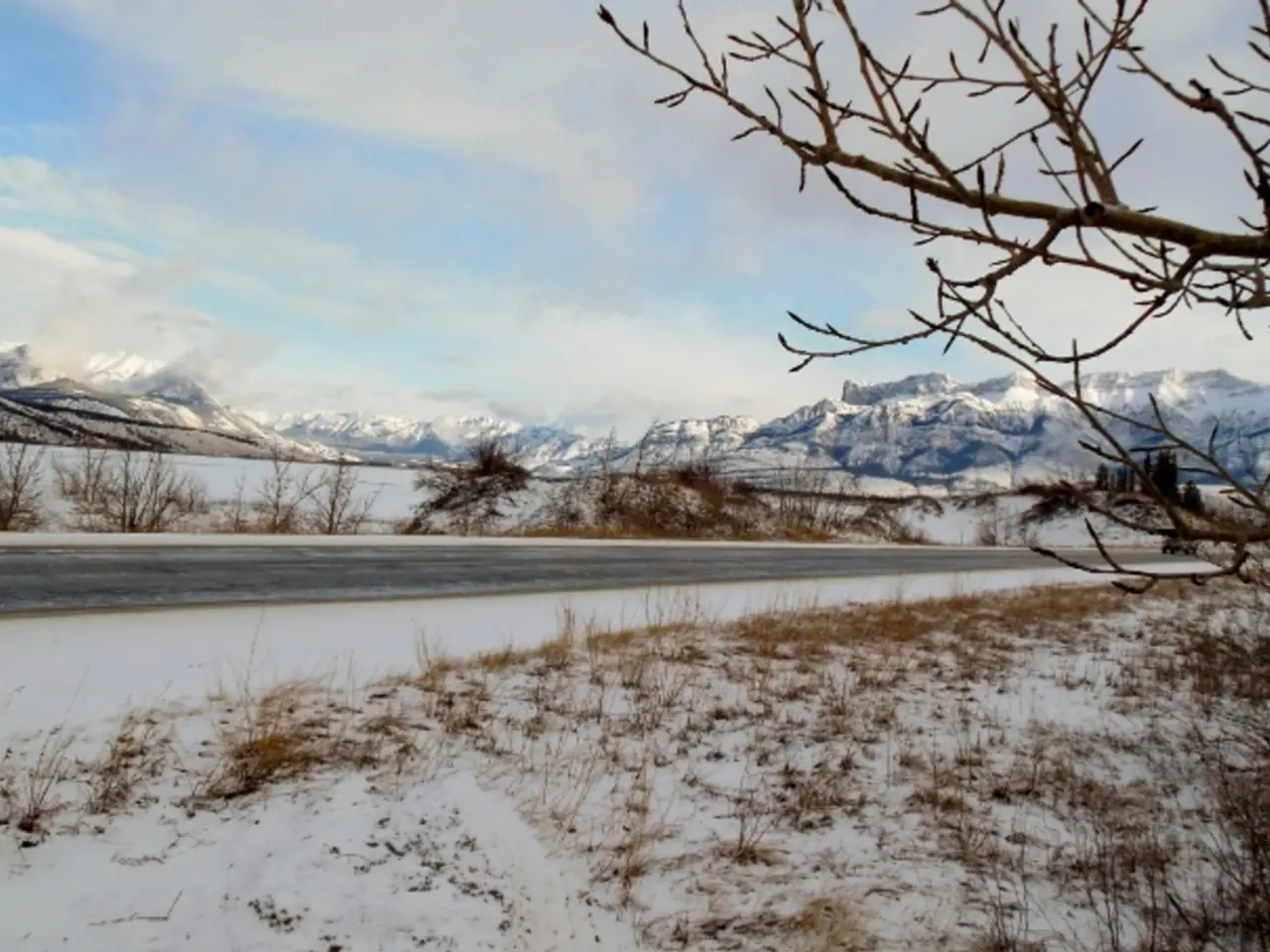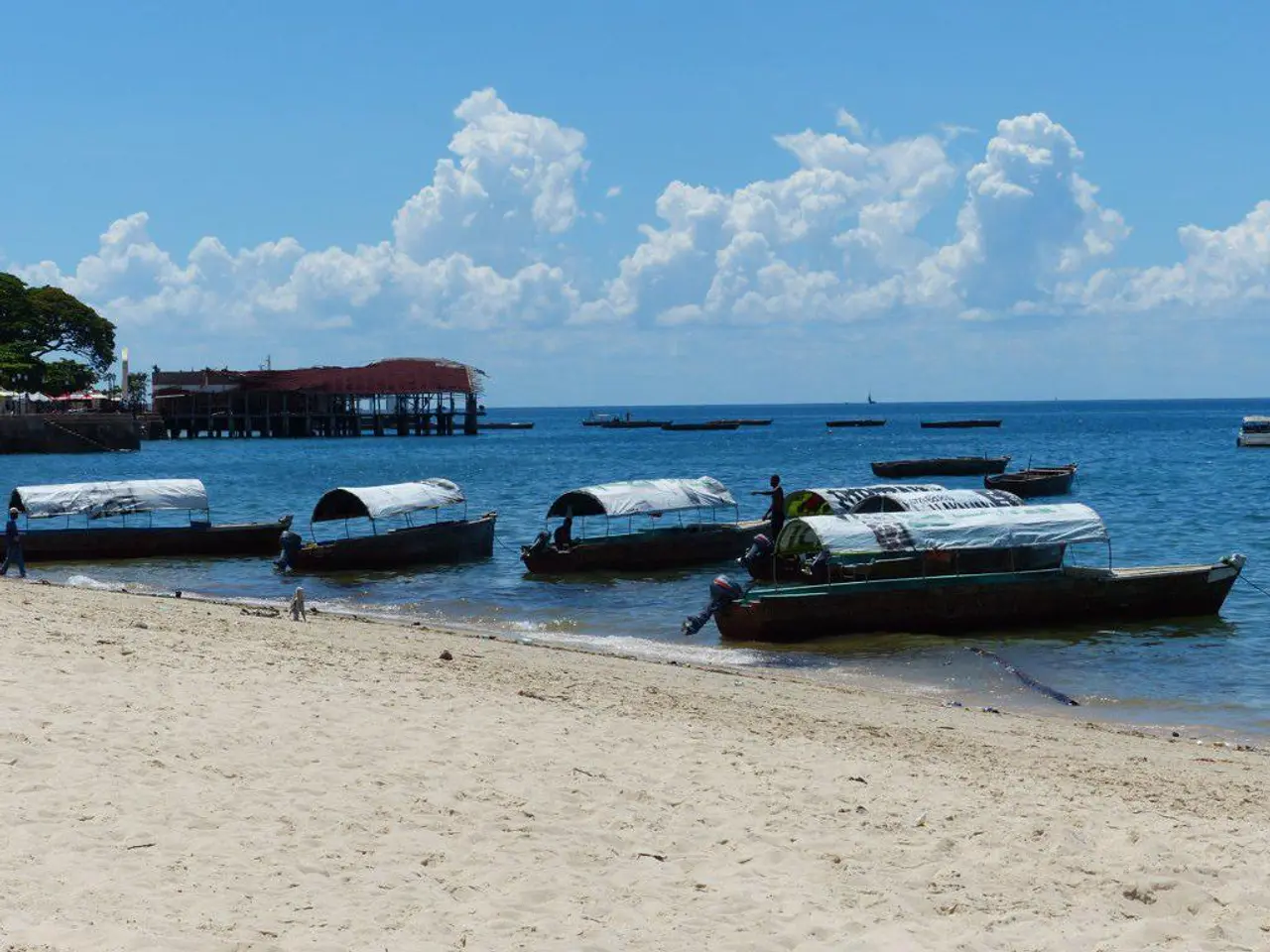Massive Earthquake in Kamchatka Triggers Tsunami Alarm: Entire Pacific Rim Braces, Over 1.9 Million Residents in Japan Forced to Flee
In a series of events, a magnitude 8.8 earthquake off Russia's Kamchatka Peninsula on Friday sent tsunami waves crashing across the Pacific Rim, causing widespread alerts and evacuations but resulting in limited physical damage and casualties.
The earthquake, occurring at a depth of 21 km, was the most powerful globally since 2011 and one of the strongest since 1900 [1][2]. Tsunami waves reached coastal regions including the northern Kuril Islands in Russia, Japan, Hawaii, and parts of the U.S. West Coast. Maximum wave heights were approximately 1.7 meters in Hawaii and similar levels along the U.S. West Coast [2][3].
The Pacific Tsunami Warning Center issued alerts within 10 minutes of the quake [1]. Japan ordered evacuations of about 1.9 million residents along affected coastal prefectures and temporarily evacuated Fukushima Daiichi and Daini nuclear plants as a precaution [1]. Russia declared a state of emergency in the northern Kuril Islands after tsunami waves struck Severo-Kurilsk [1]. Coastal residents in British Columbia and Washington state were urged to evacuate or avoid shorelines but later tsunami advisories were lifted after minimal impacts were confirmed [3][4].
Coordinated international efforts through the Intergovernmental Oceanographic Commission (IOC) of UNESCO’s Pacific Tsunami Warning and Mitigation System enabled rapid alerts and likely prevented major casualties and damage [1].
The event brought back memories of the 2011 Tohoku tsunami in Japan. In Ishinomaki port in northern Japan, the highest waves at 50cm were recorded so far. White-crested waves lashed Hokkaido, Ibaraki, and Chiba prefectures in Japan. Tsunami waves as high as 4 meters battered Kamchatka's coastline, causing damage and injuries.
Despite the quake, Japan has escaped so far without significant harm. US officials warned not to go to the coast to take photos, as it puts oneself and rescue teams at risk. In Ecuador's Galapagos, beaches and piers were evacuated, and naval operations ceased. Warnings also extended to Canada, Chile, Mexico, New Zealand, Tonga, Taiwan, and China, with estimated waves of up to 1 metre in China.
Numerous aftershocks, including strong ones up to magnitude 6.7, continued to pose seismic risk in the region, warranting ongoing monitoring. The Russian Geophysical Service recorded more than 30 aftershocks. The quake serves as a sobering reminder of the Pacific's seismic unpredictability and challenges the region's preparedness for the next big earthquake.
In sum, the large magnitude earthquake caused widespread tsunami warnings affecting multiple nations around the Pacific. Thanks to modern early-warning systems and prompt evacuations, loss of life and damage were minimized despite the widespread geographic impact [1][2][3][4].
The powerful earthquake has sparked interest within the realm of environmental-science, as scientists analyze its impact on the ecosystem. The weather patterns in the affected regions might also be affected due to changes in ocean currents, a consequence of the tsunami.








